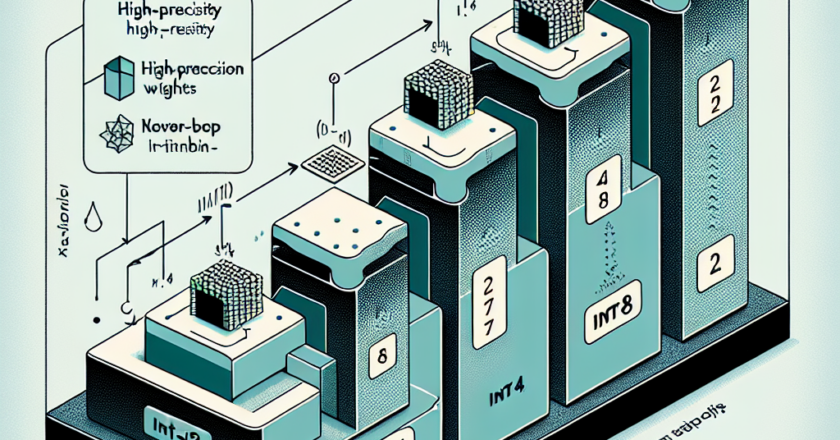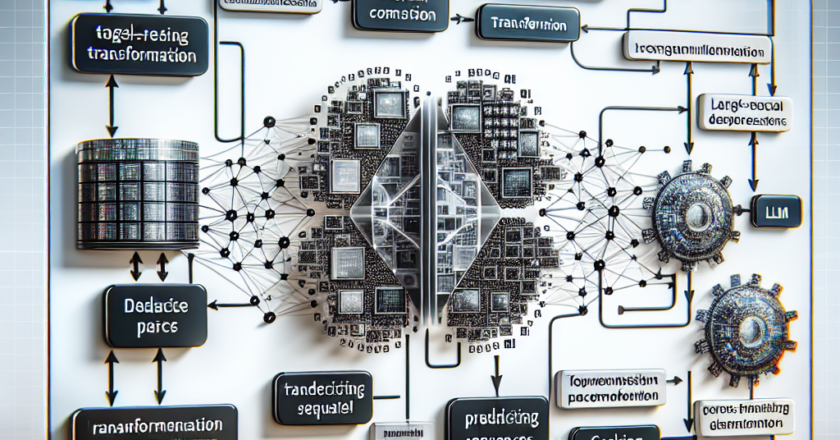AI Chatbots: Mimicking Human Behavior to Connect – Risks and Recommendations
Article Summary: How AI Chatbots Mimic Human Behavior
Main Ideas:
- AI chatbots simulate emotions and consciousness to make conversations more human-like.
- Users often perceive AI as understanding and develop emotional connections with these chatbots.
- This can lead to potential risks such as over-reliance on AI, sharing sensitive information, and taking advice from AI.
Author's Take:
AI chatbots push the boundaries of technology by appearing more human-like in conversations, blurring the lines between man and machine. However, users must remember that despite the illusion of understanding, AI lacks true emotions and consciousness, caution is needed to mitigate the risks that come with trusting AI too much.
Click here for the original article.










